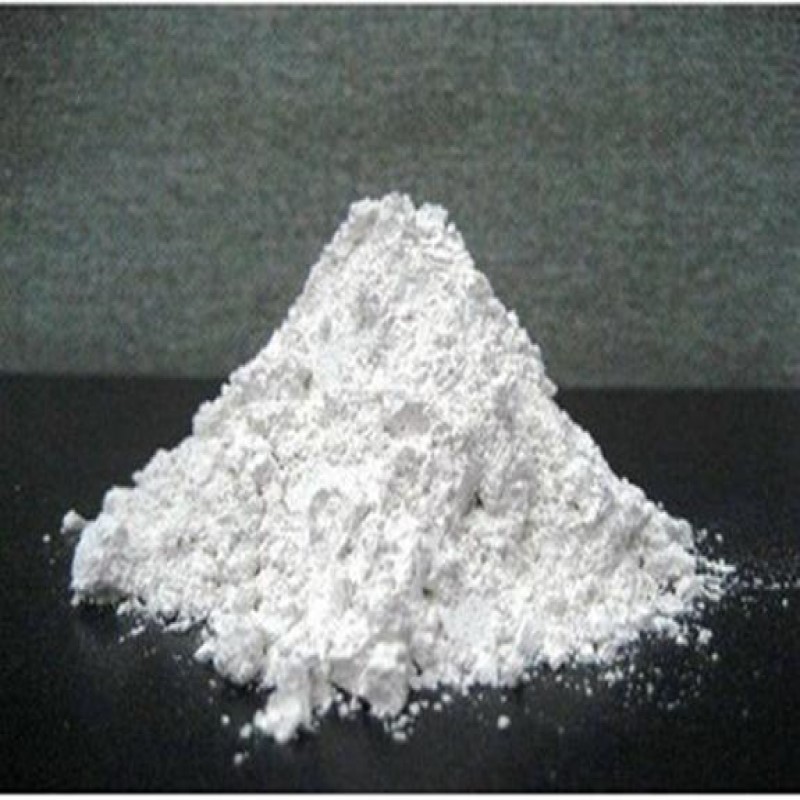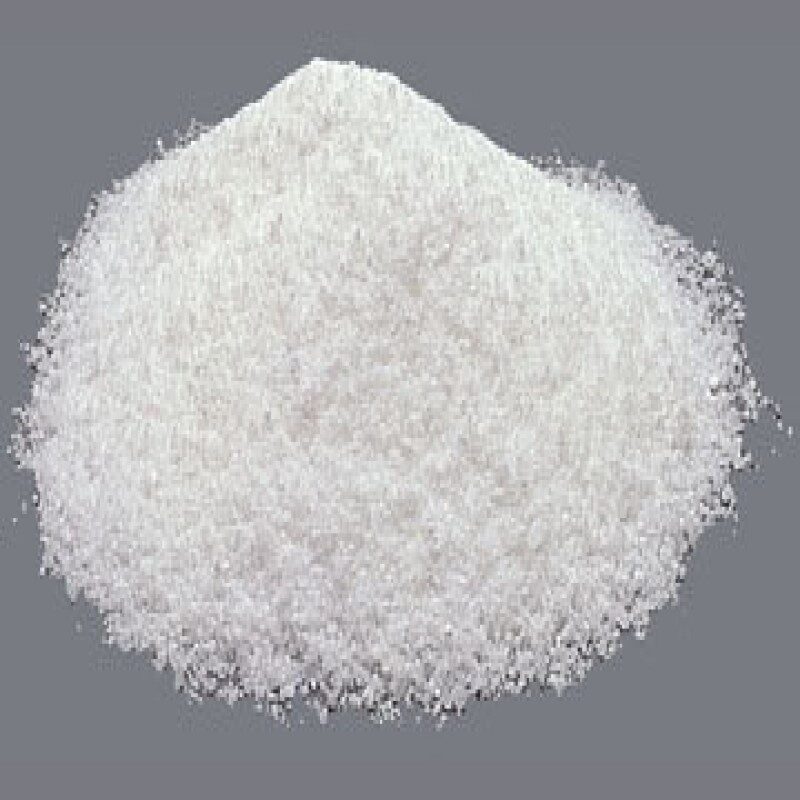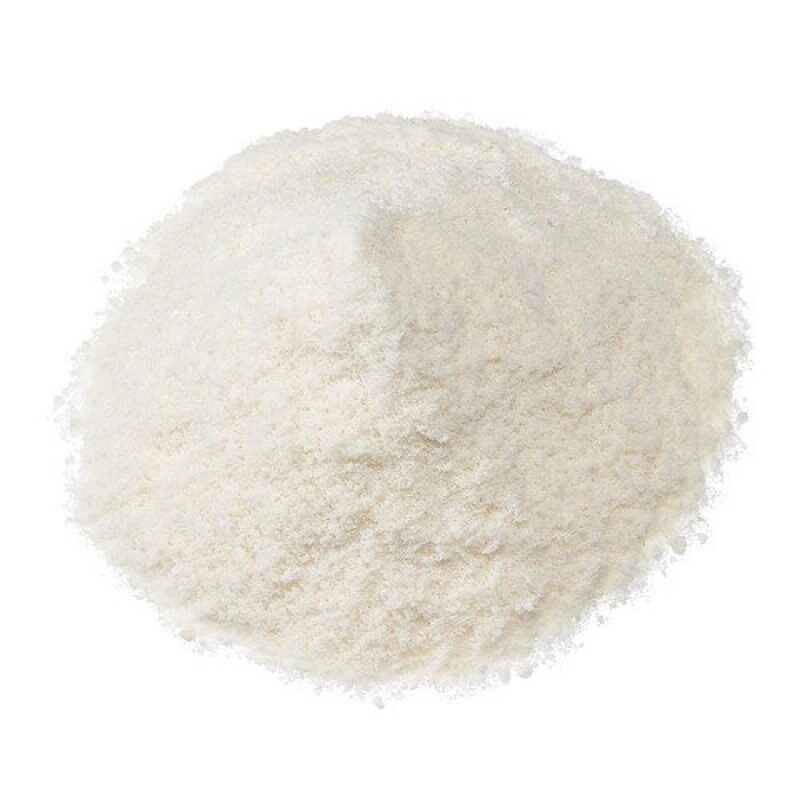Description
Remarks: The sample complies as per above Specification.
Uses: Calcium hydroxide is an odorless white powder. It’s used in industrial settings, such as sewage treatment, paper production, construction, and food processing. It also has medical and dental uses. For example, root canal fillings often contain calcium hydroxide.
Packing: 25 kg HDPE BAGS/HDPE Drum
For AMIZARA SPECILITY CHEMICALS LLP
MSDS
Calcium Hydroxide SDS, MSDS Sheet, Material Safety Data Sheet
Section 1:Product Identification
| Product Name & Other Names |
Calcium hydroxide or Slaked Lime or Calcium hydrate. |
| CAS # |
1305-62-0 |
| EINECS EC Number |
|
| Molecular Weight |
74.09 |
| Chemical Formula |
Ca(OH)2 |
| Relevant uses and uses advised against (if any) |
Industrial Manufacturing.. |
| SUPPLIER |
As per letterhead. |
Section 2: Hazards Identification
GHS, Globally Harmonized System Classification in accordance with 29 CFR 1910 Classification according to Regulation (EC) No 1272/2008
| Skin corrosion/irritation Category |
(H315) |
| Serious eye damage/eye irritation |
Category 1 (H318) |
| Acute toxicity, inhalation |
Category 4 (H332) |
| Specific target organ toxicity – single exposure, respiratory |
(Category 3) (H335) |
| Hazardous to the aquatic environment, acute hazard |
Category 3 (H402) |
Labeling according to GHS & Regulation (EC) No 1272/2008
Hazard Statements
| H315 |
Causes skin irritation |
| H318 |
Causes serious eye damage |
| H332 |
Harmful if inhaled. |
| H335 |
May cause respiratory irritation |
| H402 |
Harmful to aquatic life. |
Precautionary statements:
| P260 |
Do not breathe dust/fume/gas/mist/vapors/spray |
| P264 |
Wash … thoroughly after handling. |
| P262 |
Remove/Take off immediately all contaminated clothing. Rinse skin with water/shower. |
| P271 |
Use only outdoors or in a well-ventilated area. |
| P273 |
Avoid release to the environment. |
| P280 |
Wear protective gloves/protective clothing/eye protection/face protection. |
| P360 |
Rinse immediately contaminated clothing and skin with plenty of water before removing clothes. |
| P362 |
Take off contaminated clothing and wash before reuse |
| P302+352: IF ON SKIN: |
Wash with soap and water. |
| P304+340: IF INHALED |
Remove victim to fresh air and keep at rest in a position comfortable for breathing. |
| P305+351+338: IF IN EYES |
Rinse cautiously with water for several minutes.
Remove contact lenses if present and easy to do – continue rinsing. |
| P314 |
Get Medical advice/attention if you feel unwell. |
| P332+313:If skin irritation occurs: |
Get medical advice/attention |
| P337+P313 If eye irritation persists |
Get medical advice/ attention |
| P501 |
Dispose of contents/ container to an approved waste disposal plant. |
Classification according to EU Directives 67/548/EEC or 1999/45/EC:
| Hazard Symbols |
Xn Harmful |
| C |
Corrosive |
Risk Phrases:
| R20 |
Harmful by inhalation |
| R37/38 |
Irritating to respiratory system and skin. |
| R41 |
Risk of serious damage to eyes. |
Section 3: Composition / Information on Ingredients
| Product Name & Other Names |
Calcium hydroxide or Slaked Lime or Calcium hydrate. |
| CAS No |
1305-62-0 |
| EINECS EC Number |
215-137-3 |
SECTION 4: First Aid Measures
Always seek medical advice after the first aid treatment.
| Inhalation |
Remove to fresh air. If not breathing, give artificial respiration. If breathing is difficult, give oxygen. Call a physician immediately. |
| Ingestion |
DO NOT INDUCE VOMITING. Give large quantities of water. Never give anything by mouth to an unconscious person. Call a physician immediately. |
| Skin Contact |
In case of contact with Calcium Hydroxide or Slaked Lime , wipe off excess material from skin then immediately flush skin with plenty of water for at least 15 minutes. Remove contaminated clothing and shoes. Wash clothing before reuse. Call a physician immediately. |
| Eye Contact |
Immediately flush eyes with gentle but large stream of water for at least 15 minutes, lifting lower and upper eyelids occasionally. Call a physician immediately. |
SECTION 5 :Fire Fighting Measures
| Fire |
Not considered to be a fire hazard. |
| Explosion |
Not considered to be an explosion hazard |
| Fire Extinguishing Media |
Use water spray, alcohol-resistant foam, dry chemical, or carbon dioxide. Use any means suitable for extinguishing surrounding fire. Special hazards arising from the substance or mixture: Calcium oxide |
| Special Information |
Wear self-contained breathing apparatus and protective clothing to prevent contact with skin and clothing. |
SECTION 6: Accidental Release Measures
| Personal precautions, protective equipment, and emergency procedures |
Ventilate area of leak or spill. Avoid breathing dust/fumes/gas/mist/vapors/spray. Use individual protective equipment (waterproof boots, suitable protective clothing, safety glasses, etc.). Restrict unprotected personnel from the area. Prevent any contact with hot surfaces. Do not approach facing the wind. Do not touch the spilled material. |
| Environmental precautions: |
Do not let the product enter drains, soil, or water sources. |
| Methods and materials used for containment Cleanup procedures and Storage |
Contain spilled material. Cover with an inert, non-combustible absorbent material, (e.g. sand, earth, diatomaceous earth, vermiculite). Vacuum or sweep-up and remove to an approved disposal container. Use method that does not generate dust. Do not flush caustic residues to the sewer. Carefully pick up solid with minimum of dusting and collect in metal container with covers with disposal. The trace amount of residue of Calcium Hydroxide or Slaked Lime may be flushed down the drain as per law. |
SECTION 7:Handling and Storage
| Precautions for safe handling: |
Apply according to good manufacturing and industrial hygiene practices. Ensure proper ventilation. In case of insufficient ventilation, wear suitable respiratory equipment. Wash thoroughly after handling.
Do not drink, eat, or smoke while handling. Avoid contact with skin, eyes, and clothing. Minimize dust generation. Avoid breathing dust/fumes/gas/mist/vapors/spray.
Avoid contact with eyes, skin, and clothing. Keep container tightly closed. Avoid ingestion and inhalation.
Use individual protective equipment (waterproof boots, suitable protective clothing, safety glasses, etc.). Prevent any contact with hot surfaces. |
| Conditions for safe storage, including any incompatibilities: |
Store in cool, dry, and ventilated area away from heat sources and protected from sunlight in tightly closed original container.
Keep air contact to a minimum. Store protected from heat, sparks and ignition sources and incompatible materials. Avoid contact with skin and eyes.Avoid inhalation of dust/mist/vapor.
Do not store with incompatible materials like strong oxidizing agents and acids. Avoid maleic anhydride, nitro ethane, nitro methane, nitro paraffin, nitro propane, phosphorus. |
SECTION 8: Exposure Controls/Personal Protection
| Airborne Exposure Limits: |
OSHA Permissible Exposure Limit (PEL):
15 mg/m3 (total dust), 5 mg/m3 (respirable fraction) |
| ACGIH Threshold Limit Value (TLV) |
5 mg/m3 CALCIUM HYDROXIDE (LIME) WEL (Work Place Exposure Limit) 5 mg/m3 |
| Ventilation System |
A system of local and/or general exhaust is recommended to keep employee exposures below the Airborne Exposure Limits. Local exhaust ventilation is generally preferred because it can control the emissions of the contaminant at its source, preventing dispersion of it into the general work area. |
| Personal Respirators (NIOSH Approved) |
If the exposure limit is exceeded and engineering controls are not feasible, a full face piece particulate respirator (NIOSH type N100 filters) may be worn for up to 50 times the exposure limit or the maximum use concentration specified by the appropriate regulatory agency or respirator supplier, whichever is lowest. If oil particles (e.g. lubricants, cutting fluids. glycerin, etc.) are present, use a NIOSH type R or P filter. For emergencies or instances where the exposure levels are not known, use a full-face piece positive-pressure, air-supplied respirator. WARNING: Air-purifying respirators do not protect workers in oxygen-
deficient atmospheres. |
| Skin Protection |
Wear impervious protective clothing, including boots, gloves, lab
coat, apron or coveralls, as appropriate, to prevent skin contact. |
| Eye Protection |
Use chemical safety goggles and/or full face shield where dusting or splashing of solutions is possible. Maintain eye wash fountain and quick-drench facilities in work area. |
SECTION 9: Physical and Chemical Properties
| Appearance |
Calcium Hydroxide or Slaked Lime white crystals or powder. |
| Odor |
odorless. |
| Odor threshold |
Not available. |
| pH |
12.4 (saturated solution). |
| Relative density: |
around 2.24 |
| Boiling Point |
Decomposes. |
| Melting Point |
580C (1076F) |
| Flash point |
Not available. |
| Auto-ignition temperature |
Not available. |
| Decomposition temperature |
Not available. |
| Upper/lower flammability or explosive limits |
Not available. |
| Vapor pressure |
Not available. |
| Vapor density |
Not available. |
| Evaporation rate |
Not available. |
| Flammability (solid, gas) |
Not available. |
| Partition coefficient: n-octanol/water |
Not available. |
| Solubility |
0.185 g/100 cc water @ 0C. |
| Viscosity |
Not available. |
| Molecular Weight |
74.09 |
| Chemical Formula |
Ca(OH)2 |
SECTION 10. Stability and Reactivity Data
| Stability |
Stable under ordinary conditions of use and storage. Readily absorbs carbon dioxide from air to form calcium carbonate. |
| Hazardous Decomposition Products |
Decomposition (580C; 1076F) to form Calcium Oxide. |
| Hazardous Polymerization |
Will not occur. |
| Incompatibilities |
Violent reactions with maleic anhydride, nitro ethane, nitro methane, nitro paraffin, nitro propane, phosphorus. As a strongly alkaline material, it is incompatible with acids. |
| Conditions to Avoid |
Not Available. |
SECTION 11: Toxicological Information
| Oral Rat LD50 |
7340 mg/kg; eye rabbit, Standard Draize, 10 mg, severe; investigated as a mutagen |
| Carcinogenic Effects |
Not a reported carcinogen by IARC, NTP, ACGIH, OSHA. |
| Mutagenic Effects |
Not available |
| Teratogenic Effects |
Not available |
| Developmental Toxicity |
Not available |
| Reproductive Effects |
No information available. |
SECTION 12. Ecological Information
| LD50 Oral – Rat – female |
> 2.000 mg/kg |
| LC50 Inhalation – Rat – male and female – 4 h |
> 6,04 mg/l. |
| LD50 Dermal – Rabbit – male and female |
> 2.500 mg/kg |
| Persistence and Degradability |
Unlikely to persist. |
| Mobility |
Likely to be mobile. |
| Bioaccumulation/ Accumulation |
Not expected to significantly bio accumulate. |
| Results of PBT and vPvB assessment |
No data available for assessment |
SECTION 13. Disposal Considerations
Although not a listed RCRA hazardous waste, Calcium Hydroxide or Slaked Lime may exhibit one or more characteristics of a hazardous waste and require appropriate analysis to determine specific disposal requirements. Dispose of container and unused contents in accordance with federal, state, and local requirements.
SECTION 14. Transport Information
| DOT (US) |
Not dangerous goods |
| ADR/RID |
Not dangerous goods |
| IMDG |
Not dangerous goods |
| IATA |
Not dangerous goods |
SECTION 15. Regulatory Information
USA
| SARA 302 |
Calcium Hydroxide (1305-62-0) – No |
| SARA 313 |
Calcium Hydroxide (1305-62-0) – No. |
| SARA 311/312 |
Acute health hazard. See section 2. |
SECTION 16:Additional Information
European Labeling in Accordance with EC Directives:
| H315 |
Causes skin irritation |
| H318 |
Causes serious eye damage |
| H332 |
Harmful if inhaled. |
| H335 |
May cause respiratory irritation. |
| H402 |
Harmful to aquatic life. |
Classification according to EU Directives 67/548/EEC or 1999/45/EC
Hazard Symbols
Risk Phrases
| R20 |
Harmful by inhalation |
| R37/38 |
Irritating to respiratory system and skin. |
| R41 |
Risk of serious damage to eyes. |
Disclaimer:
The information and recommendations set forth herein (hereinafter “Information”) are presented in good faith and believed correct as of the date hereof. It is compiled from various sources and it is not necessarily all inclusive nor fully adequate in every circumstance. In addition, these suggestions should not be confused with nor followed in violation of applicable laws, regulations, rules or insurance requirements applicable. This MSDS sheet is intended only as a guide to the appropriate precautionary handling of the material by a properly trained person using this product. Individuals receiving the information must exercise their independent judgment in determining its appropriateness for a particular purpose.




